Trends (fads) come and go. Take for example parachute pants in the early 90’s. Long curly hair and tight jeans on men in the late 80’s. Muscle shirts, swatch watches, mullets…
Trends exist in lawn care as well. With the advent of grass collection systems on mowers in the late 90’s and the clean striped lawn that they created resembling golf course fairways everyone wanted the perfect manicured lawn. Hauling tons of grass clippings away every year became the expectation and the standard for professional lawn care. You could even say that collecting clippings on a lawn became a status symbol of wealth. The “high end” properties collect clippings while the riff-raff mulches. Leave it to an environmental initiative in a progressive town like Jackson WY to turn that trend on its head and make everyone ask if collecting clippings is the right thing to do.
The Trout Friendly Lawns program was developed using Best Management Practices (BMP’s) for turfgrass management that are widely accepted in golf, sports fields and parks maintenance. One of the 4 core tenets of the program is to raise the height of cut to 3″ and recycle the grass clippings into the system (mulch). The purpose is three-fold.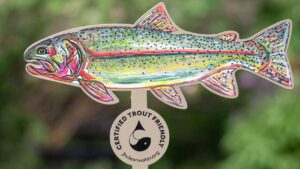
- Save water: Longer grass blades are able to reduce water loss from the soil through evaporation, conserve water lost from the plant through transpiration and generate more root growth by having more leaf surface area for photosynthesis.
- Reduce fertilizer use: Grass clippings contain large amounts of Nitrogen. When hauled away that Nitrogen is lost in a land fill or compost pile with the potential to leach into ground water. When left in place the breakdown of organic matter in the soil allows the Nitrogen to be processed and utilized over time. The annual Nitrogen requirement to grow a lush/healthy Kentucky Bluegrass lawn in Jackson Hole is 2-4 lbs. of actual Nitrogen per 1000 sq. ft. Grass clippings contain about 5% Nitrogen, so after some complicated math you can reduce your fertilizer inputs by about 1/4 if leaving grass to compost in the lawn.
- Reduced carbon footprint associated with mowing: Grass clippings are heavy and bulky. Hauling them from the lawns where they are harvested to a place where they can be processed requires large trailers, trucks to pull them and fuel/tires to get them there. Combine that with the fact that all waste not sustainably composted in the valley must be hauled out of the valley, with real estate an incredible premium. Our local Teton County transfer station, in partnership with TerraFirma, does a great job of composting the incoming biomass and producing a nice compost material. However, that compost operation requires an incredible amount of diesel fuel, electricity and space to make it work. And certain times of the year when the amount of grass/leaves is overwhelming, much of it gets hauled to a facility elsewhere. All of that could be completely eliminated if everyone stopped collecting clippings.
In light of these details, doesn’t it seem silly to haul away the grass? I agree. So why is this not mainstream? The normal business model followed by landscape maintenance companies is to fertilize as much as possible, water as much as possible so that the grass grows as much as possible and mow more. A great formula for making more revenue. Valley Landscape is different. Part of our vision is to enhance natural resources for the long term viability of our community. We want to do what’s right for our customers and what’s right for our community. That means taking a longer view of managing water, soil and wildlife. We are committed to Trout Friendly Lawn Care and have been leading the movement since it began.
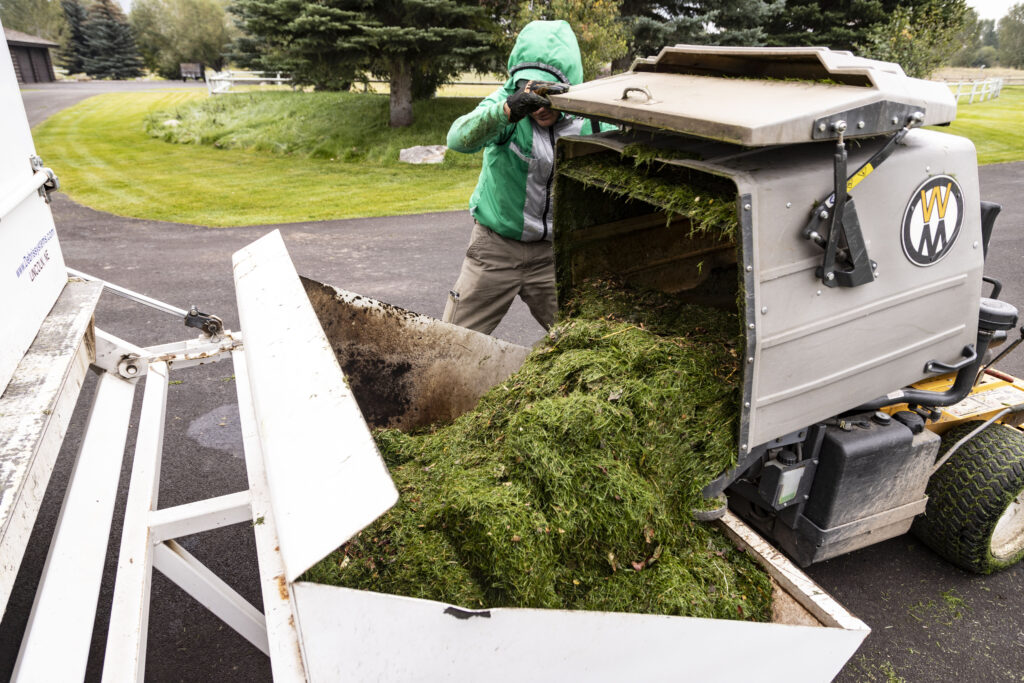
HAULING AWAY MOUNTAINS OF CLIPPINGS IS SO 90’S
A big announcement for this year! We plan to mulch grass clippings on all properties whenever possible. The most immediate effect to you, the client, will be that we won’t be increasing any prices this year for mowing. We’re able to get the job done more quickly and save time going to the dump, so we’re passing that savings directly to you in the form of not increasing prices. We feel strongly that the quality of product will still be great and you will not notice a difference, but if you’re absolutely set on continuing to have your lawn mowed with a collection system we can still take care of you but there will be a 10% increase in pricing. If that’s you, please call the office asap to let us know because we’re in the process of building our routes for this year. If you’re excited about the direction we’re going, no need to take any action but we’d love to hear some encouragement from you. Call us or Email us and let us know what you think.
FAQ’s about mowing: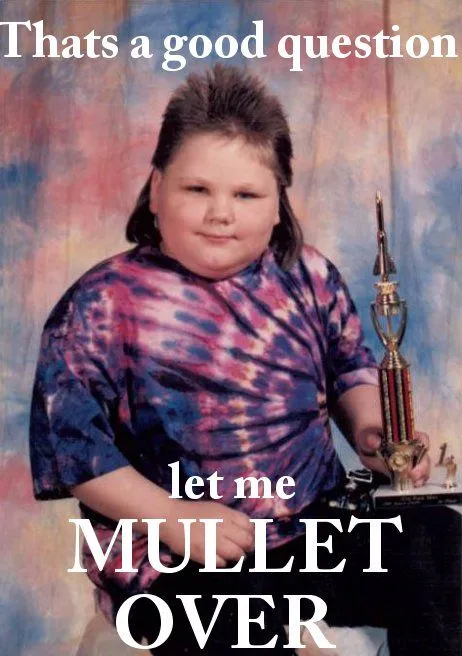
- What happens when the grass is too long and mulching leaves a mess in my yard?
- During certain times of year (spring when the grass is growing fast, after a storm depositing leaves, in the fall etc) we will still use collection systems. We are committed to leaving you a professional quality lawn after each visit. Any time we can use mulching mowers and still achieve that goal, we will.
- Will you fertilize less since your saving the Nitrogen in the grass?
- We still recommend 4 fertilizer visits per season to maintain a premium lawn. Our technicians assess the turf health based on growth, density, color and weed presence and increase/decrease the amount of Nitrogen applied with each visit, targeting no more than 3 lbs. Nitrogen/1000 sq. ft./year.
- Is it better to just switch to bi-weekly mowing?
- An important BMP for lawn care is to never remove more than 30% of the leaf tissue at one time. Doing so scalps the plant requiring significant resources from the root system to recover. This extra toll uses up more water, compromises the drought hardiness of the rootzone, and turns the turf off color. As a complete management plan to fight weeds, conserve water and maintain a dense healthy lawn, weekly mowing is a very important practice. Additionally, the added turf growth that occurs during a 2 week mowing cycle often requires more time for the crews to complete than if they made visits each week.

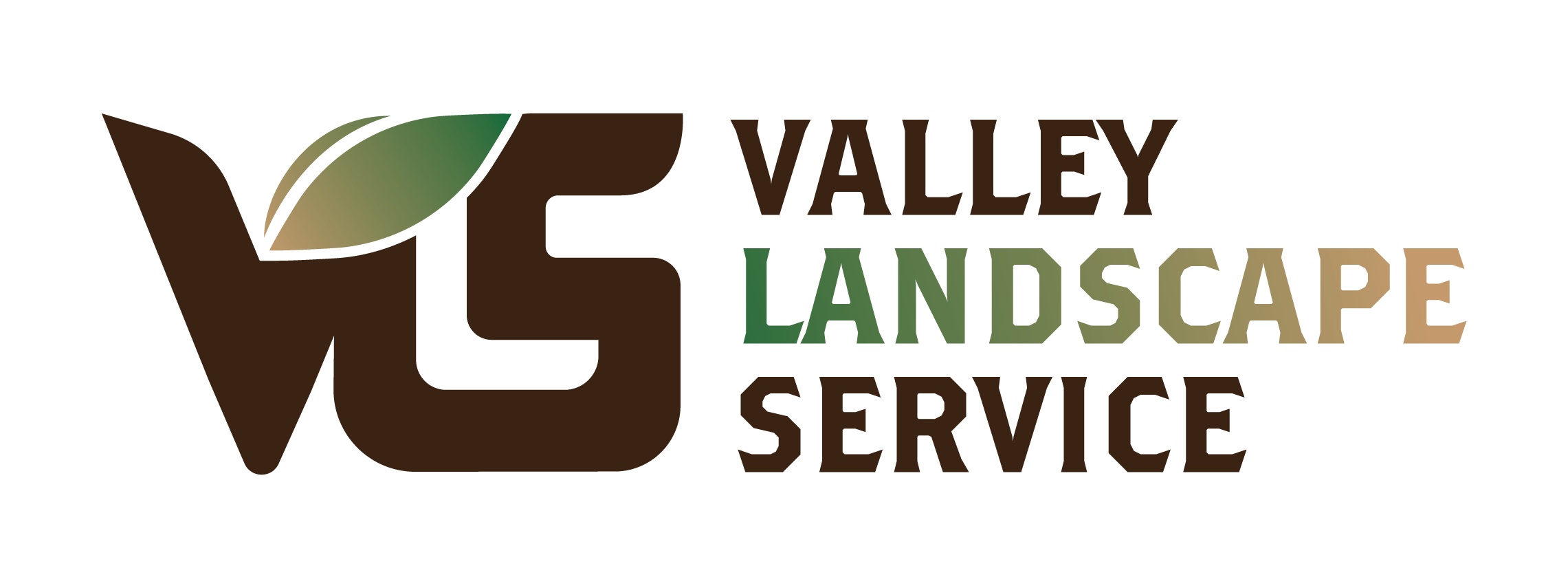
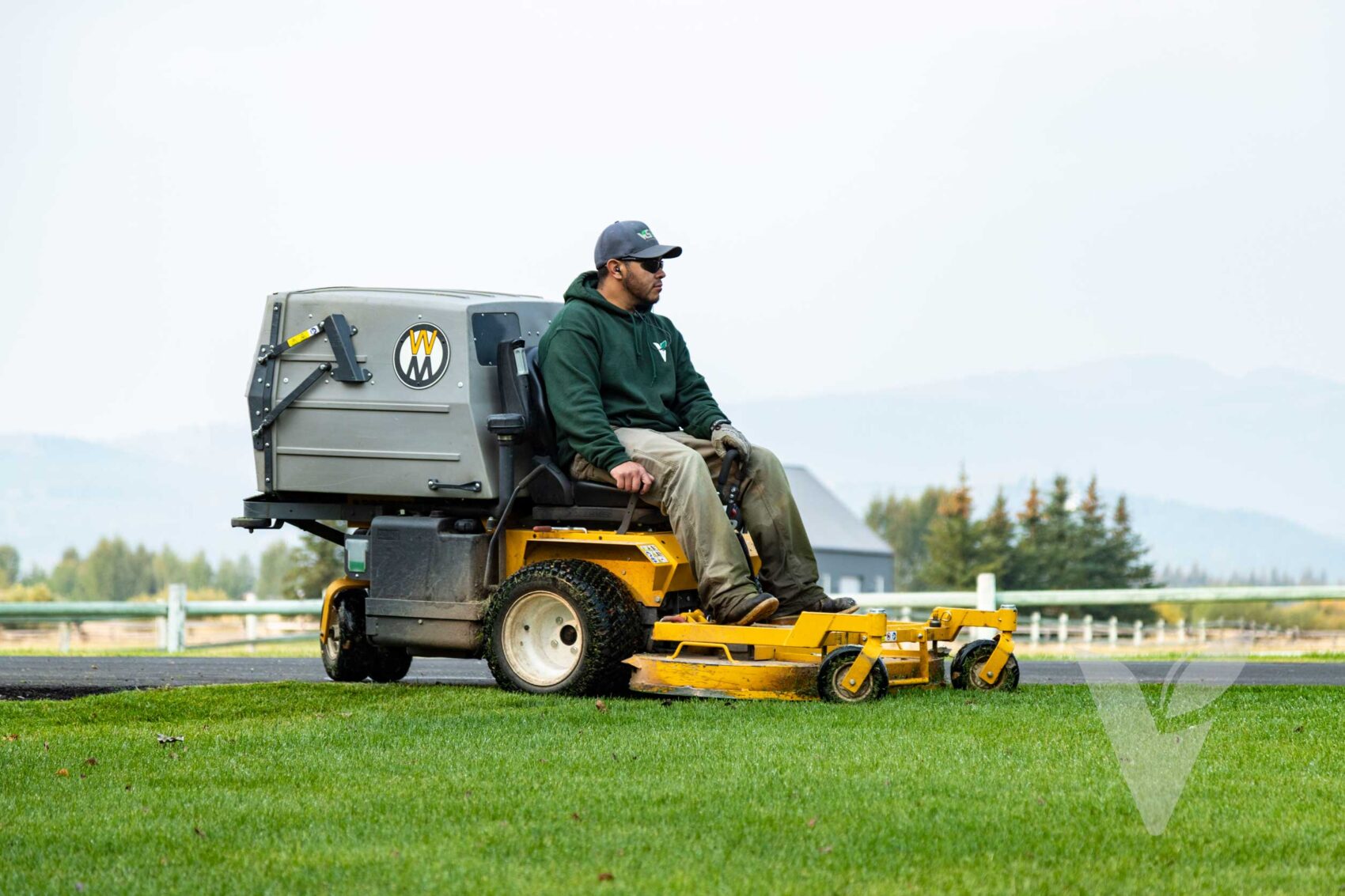
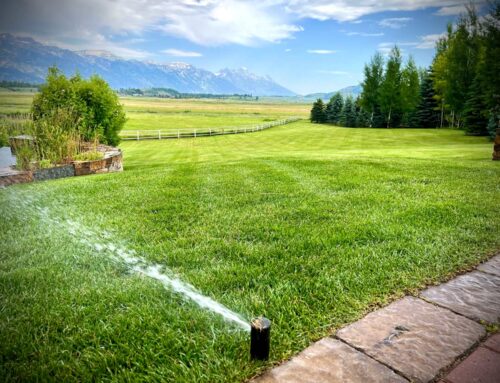
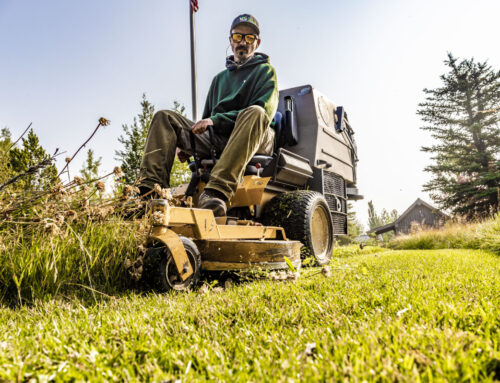
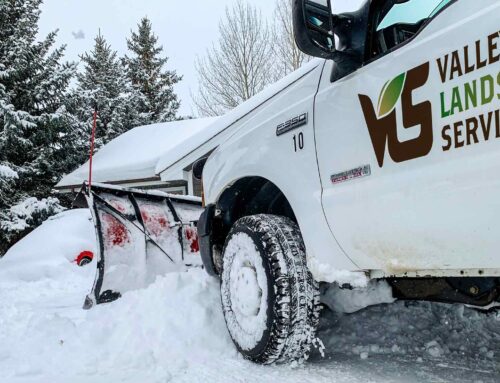
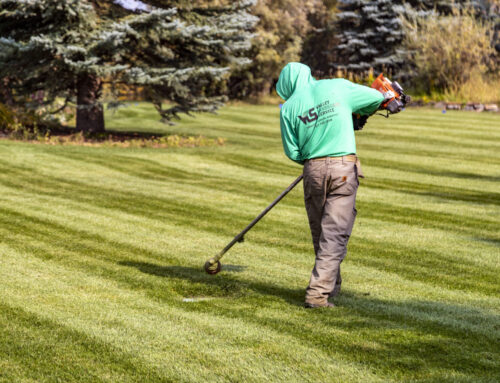
[…] Previous […]